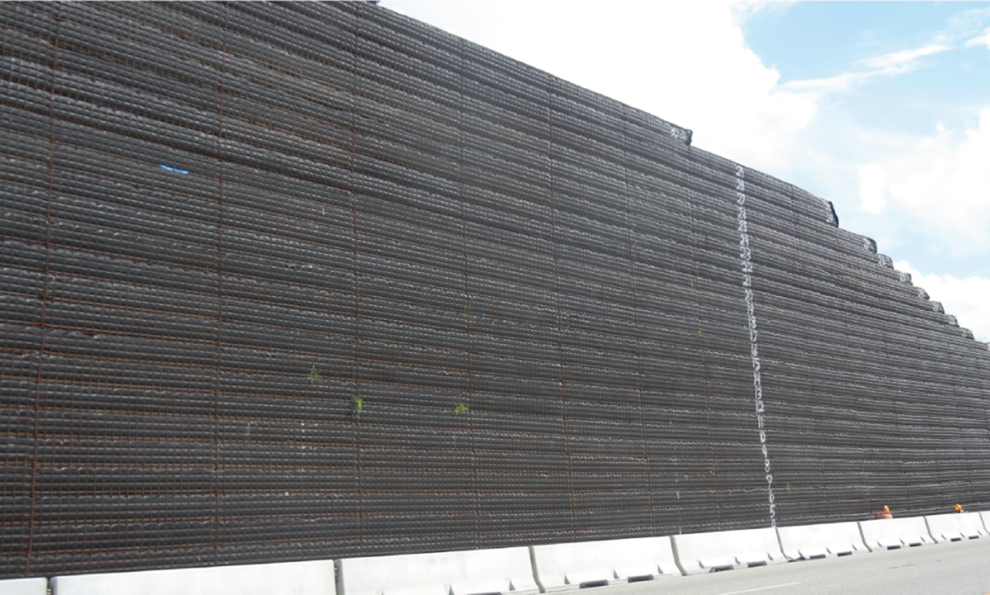If you are planning a project that requires deep excavation, then you’ll probably need some shoring. Shoring may seem like one of the dullest aspects of construction, but this process is actually crucial for the safety of workers and to successfully create the structures we often take for granted.
In our latest blog, we take a look at the art of shoring, its importance to construction, and how shoring may adapt to changing circumstances.
What Is Shoring?
Shoring is a form of temporary support that is used in the construction or repair of buildings or other projects. Shoring takes many different forms depending on the kind of project you work on. The basic purpose of shoring is to prevent cave-ins.
Not only can cave-ins extend the time it takes to build something, but they’re also often-fatal hazards for construction workers. Aside from safety, shoring is a big reason why many construction projects can figuratively and literally get off the ground. Without it, many of the world’s most fascinating structures simply wouldn’t exist.
Often, shoring can be confused with retaining walls. While both are used to hold soil, shoring is a temporary measure only used during construction. Retaining walls, on the other hand, are normally temporary and are built and installed accordingly.
Types of Shoring
As you could probably guess, there is a good deal of shoring types that are used in construction. Since we are capable of a near-infinite amount of buildings and structures, our shoring techniques have to follow suit. The following are some of the most commonly used shoring methods:
- Secant Pile Shoring
- H/I-Beam Shoring
- Diaphragm Walls
- Sheet Piles
- Contiguous Pile Shoring
While this is by no means a comprehensive list, these are some of the most common types of shoring that you will come across. These are staples of the shoring world and are used daily in the construction of new buildings and infrastructure.
The Dangers Of Poor Shoring
As you could probably guess, shoring done poorly can spell disaster for construction workers. Cave-ins caused by poor or non-existent shoring are one of the most common hazards for construction. In fact, three out of every four trench-related fatalities are caused by a cave-in.
Since shoring takes time and money to accomplish, inexperienced and/or irresponsible construction teams will essentially skip the process altogether. Unfortunately, as noted previously, this can have dire consequences for the men inside the trench.
Aside from danger to construction workers themselves, poor or non-existent shoring can delay construction and make the site more dangerous to work in after a cave-in. This isn’t exactly ideal if you have a specific timeline and budget for your project.
How Shoring Became A Must for Construction
Humans and our history of construction go back many, many millennia. Since the Neolithic or “New Stone Age” (roughly 9000 BC to 5000 BC), we have been expanding our ability to build more and more complex structures. Our early construction projects were simple shelters and huts that leave no trace after thousands of years have passed, making scholarship about these structures difficult.
Late in the New Stone Age period, more complex structures that necessitated some sort of trenching began to arise. These projects were more permanent and heavy, so new techniques had to be invented to support these fantastic structures. Shoring was one of those new techniques.
Ever since, shoring has been used around the globe to create some of the world’s most amazing infrastructure and continues to be a staple of construction today.
Tips For Your Next Project
If you are planning a project that may need some sort of shoring, then you’re going to need a checklist to ensure that your project goes smoothly and safely.
The first and most important tip is to follow OSHA regulations regarding shoring and trenches. Trenches that are 5 feet (1.5 meters) or more require some sort of protective system unless the excavation is entirely stable rock.
The second tip we could offer is to simply pay attention while you build. Too often, people put their guard down for seemingly simple procedures, only to regret it later when accidents happen.
Lastly, do your research if you plan on hiring someone or if you plan to complete a job on your own. There are plenty of sub-par construction teams out there, so taking the time to find one you can trust may save you thousands down the line.
Let Slaton Bros Take Care Of Your Shoring
At Slaton Bros. Inc, we offer both temporary and permanent shoring from trained and licensed professionals. For decades, we have provided top-notch construction expertise in Colorado and Texas. Contact us today to learn more about our shoring services!
